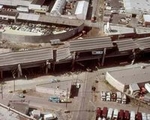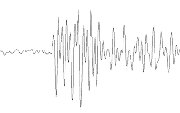
Worksheets and No Prep Teaching Resources
Reading Comprehension Worksheets
Earthquakes

Earthquakes
 Worksheets and No Prep Teaching Resources Reading Comprehension Worksheets Earthquakes |
 Earthquakes |
| edHelper's suggested reading level: | grades 5 to 7 | |
| Flesch-Kincaid grade level: | 8.9 |
|
What "Seis" Shake?
By Trista L. Pollard |

|
 1 Keeping track of the earth as it rotates, revolves, shakes, erupts, and erodes is a tough job. So when there is rumbling and rolling below the earth's surface, you don't just call any earth scientist. You need the experts. This is when a voice must call out, "Is there a seismologist near the plates?"
1 Keeping track of the earth as it rotates, revolves, shakes, erupts, and erodes is a tough job. So when there is rumbling and rolling below the earth's surface, you don't just call any earth scientist. You need the experts. This is when a voice must call out, "Is there a seismologist near the plates?" |
Create Weekly Reading Books
Prepare for an entire week at once! |
| Leave your feedback on What "Seis" Shake? (use this link if you found an error in the story) |
 |
Earthquakes
|
 |
Science
|